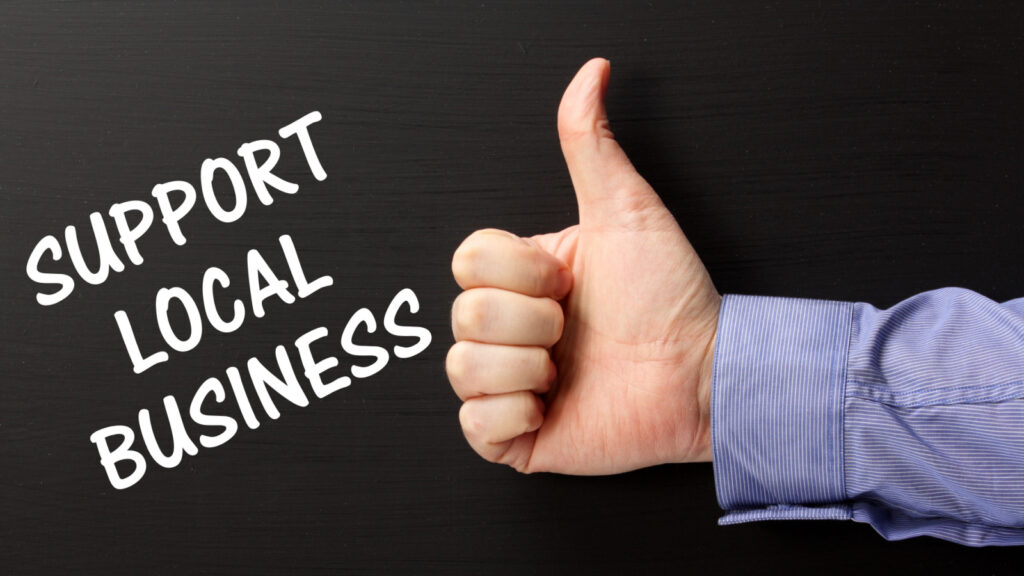Canada’s reputation for financial stability isn’t just about its banks; it is built on everyday habits practiced by millions of Canadians. From debt management to long-term investing, these approaches help households weather economic turbulence while steadily building wealth, and many of these habits are practical, low-risk, and surprisingly easy to adopt, no matter where you live. Here are 25 Canadian financial habits that are worth copying:
Prioritizing Emergency Funds
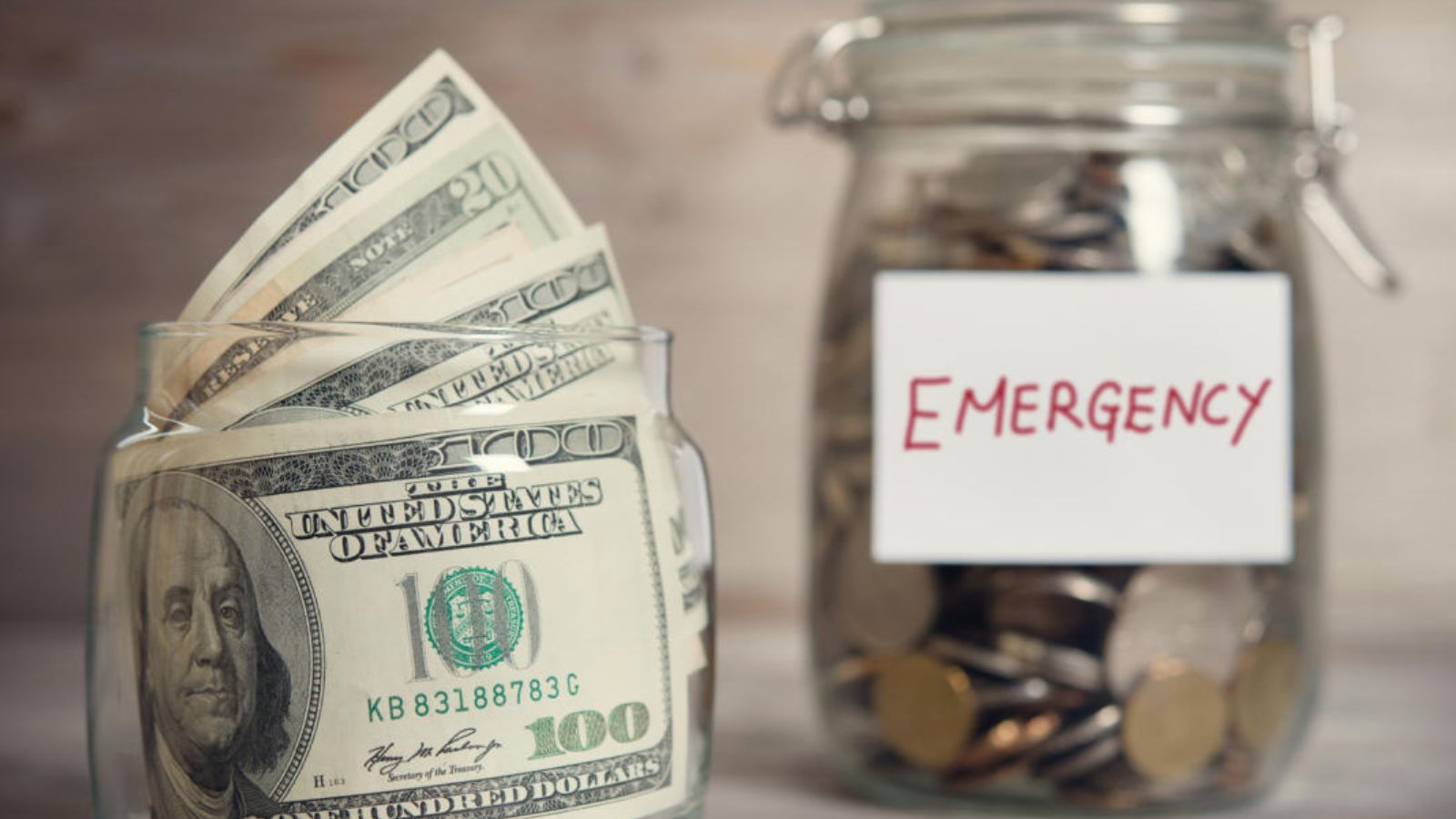
Canadians are diligent about keeping a financial safety net. Many people aim to save at least three to six months of expenses in an easily accessible account. This habit isn’t just for peace of mind, but it also offers protection against unexpected events like job loss, medical bills, or urgent home repairs. By automating savings into a dedicated high-interest account, they ensure the money is always there when needed. This approach prevents reliance on high-interest credit cards or loans during emergencies.
Using Cashback Credit Cards Wisely

Many Canadians leverage cashback credit cards, not for reckless spending, but as a strategic financial tool. They funnel everyday expenses, like groceries, utilities, and gas, through cards that offer cashback rewards, then pay off the balance in full each month. This method effectively turns normal spending into a small but steady source of passive income. Over time, those reward dollars can cover holiday gifts, a weekend getaway, or even a chunk of an emergency fund.
Staying Loyal to Credit Unions

While big banks dominate much of North America, many Canadians stay loyal to credit unions for their banking needs. Credit unions often offer lower fees, better loan rates, and more personalized customer service than large institutions. Members are treated as owners, not just account numbers, which can mean dividends or profit-sharing at year’s end. This loyalty keeps money circulating locally, supports community projects, and fosters trust in an industry that often feels impersonal, which is a relationship-driven habit that values long-term financial health over flashy incentives.
Paying Credit Card Balances in Full

Many Canadians make it a priority to pay off their credit cards every month. This habit avoids high-interest charges, often exceeding 20% annually, and keeps credit scores strong. By treating credit cards as a payment tool rather than a borrowing tool, they earn rewards points or cash back without falling into debt traps, while some even set up automatic payments to ensure balances are cleared on time. This discipline not only saves hundreds or even thousands in interest each year but also builds a healthier long-term financial profile.
Tracking Spending with Apps

Budgeting isn’t just done with spreadsheets anymore, and Canadians are embracing financial tracking apps to monitor their spending in real time. These tools link directly to bank accounts and credit cards, categorizing expenses and highlighting patterns. This helps spot unnecessary costs, identify subscription creep, and set realistic savings goals. By getting a clear, daily picture of where money is going, Canadians can make adjustments before small leaks turn into big problems.
Prioritizing Emergency Funds
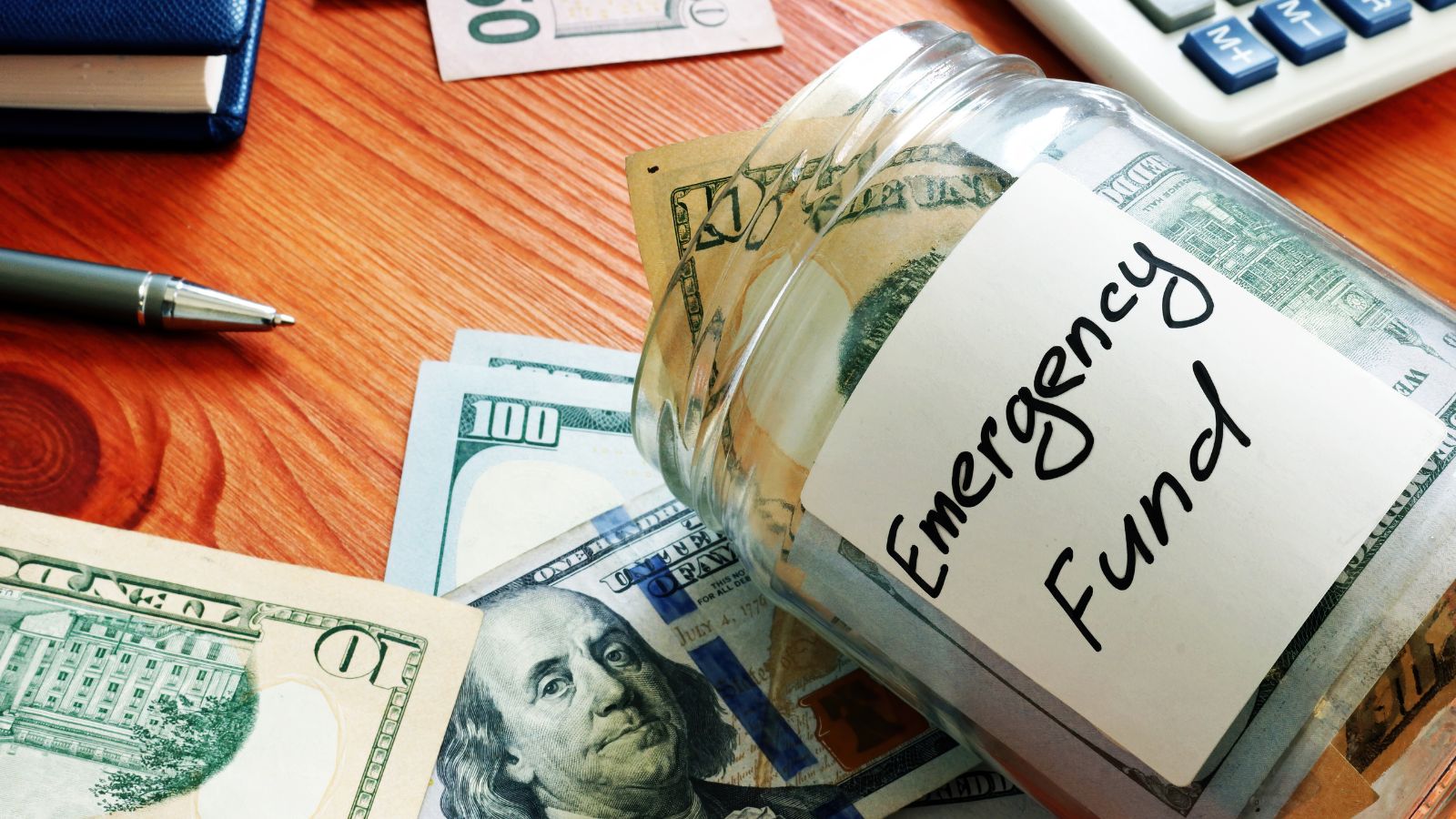
Many Canadians make building an emergency fund a non-negotiable part of their financial plan. Typically aiming for three to six months’ worth of expenses, they treat this safety net as protection against unexpected events like job loss, medical bills, or urgent home repairs. This proactive habit not only prevents debt accumulation during crises but also reduces stress by offering peace of mind. By automatically transferring a set amount into a high-interest savings account each month, Canadians ensure their emergency fund grows steadily.
Taking Advantage of RRSPs
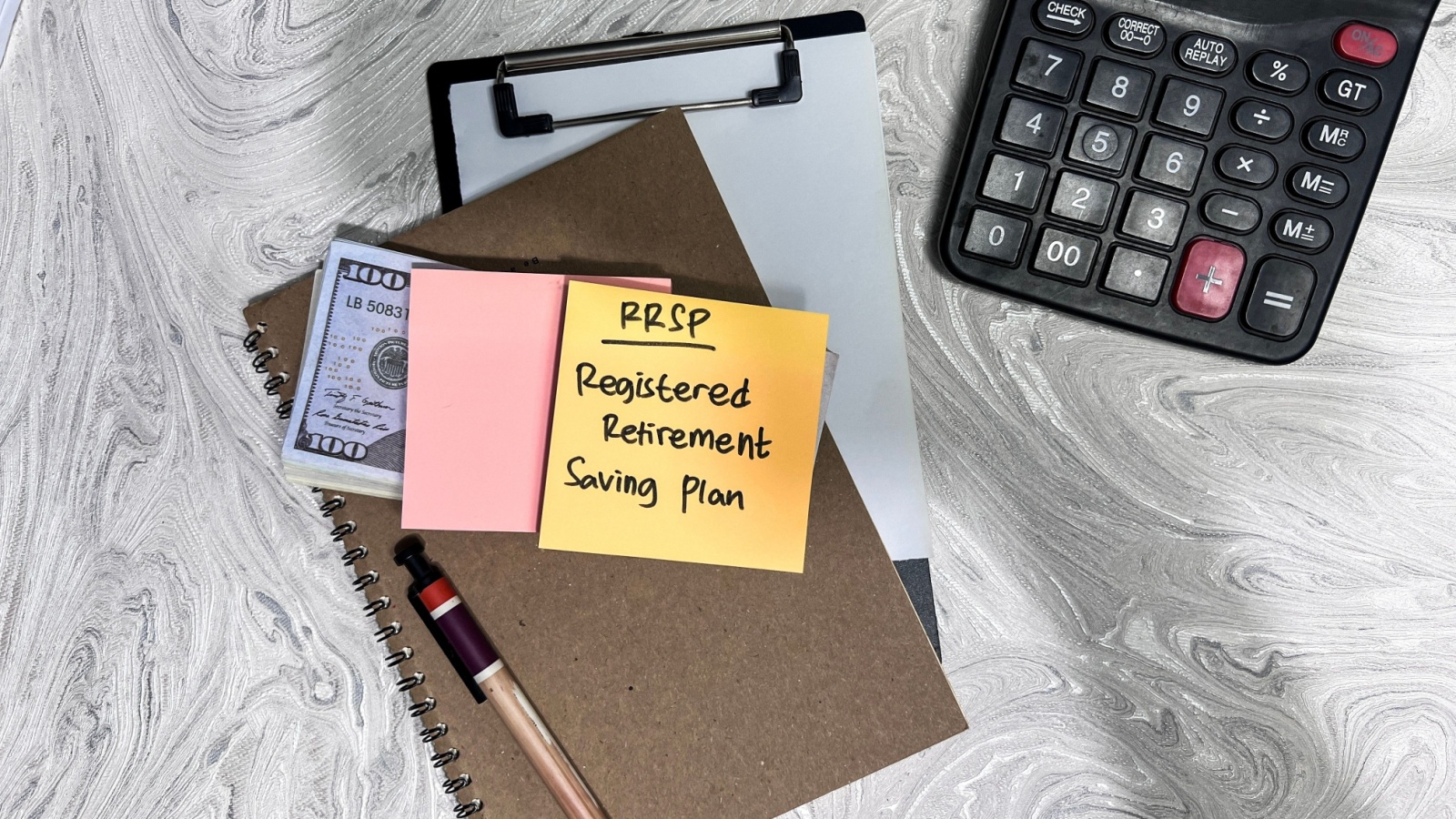
Registered Retirement Savings Plans (RRSPs) are a cornerstone of Canadian retirement strategy. Canadians contribute regularly, knowing that RRSP contributions are tax-deductible and that investments grow tax-deferred until withdrawal. Many also leverage employer-matching programs, effectively doubling their savings in some cases. By contributing early and consistently, Canadians take full advantage of compounding growth over decades, while withdrawals are usually timed strategically to minimize taxes, such as during retirement when income is lower. This disciplined approach not only helps secure a comfortable retirement but also offers immediate annual tax benefits.
Avoiding Excessive Credit Card Debt

Canadians tend to be cautious about carrying high-interest credit card balances, recognizing how quickly interest can spiral. Many pay off their cards in full each month, effectively using them as payment tools rather than borrowing mechanisms. This habit maintains a strong credit score, reduces financial stress, and keeps more money in their pockets. Those who do carry a balance often prioritize paying it down quickly or transferring it to a lower-interest option. By resisting the temptation to overspend and focusing on timely repayment, Canadians sidestep the debt traps that have become common elsewhere, preserving long-term financial stability.
Leveraging Loyalty Programs

From grocery store points to travel rewards, Canadians excel at making loyalty programs work for them. Savvy shoppers strategically use credit cards that earn cashback or points on everyday purchases, then redeem them for necessities or indulgences. Some households save hundreds annually by stacking loyalty rewards with sales and coupons, and the key lies in disciplined usage and never spending more just to earn points. By treating loyalty programs as a supplement to their budget rather than a reason to splurge, Canadians turn ordinary spending into tangible financial benefits.
Embracing Used and Secondhand Purchases

Canadians are increasingly open to buying secondhand, not just to save money but also to support sustainability. From furniture and clothing to electronics and vehicles, thrift shops, online marketplaces, and community swaps are popular options. This habit cuts costs dramatically, sometimes by more than 50%, while still allowing for quality purchases. Many also resell unused items, recouping some of the original cost. The approach reduces waste and encourages a more mindful consumption pattern, and by normalizing the reuse of goods, Canadians manage to stretch their budgets further.
Shopping Seasonally and Locally
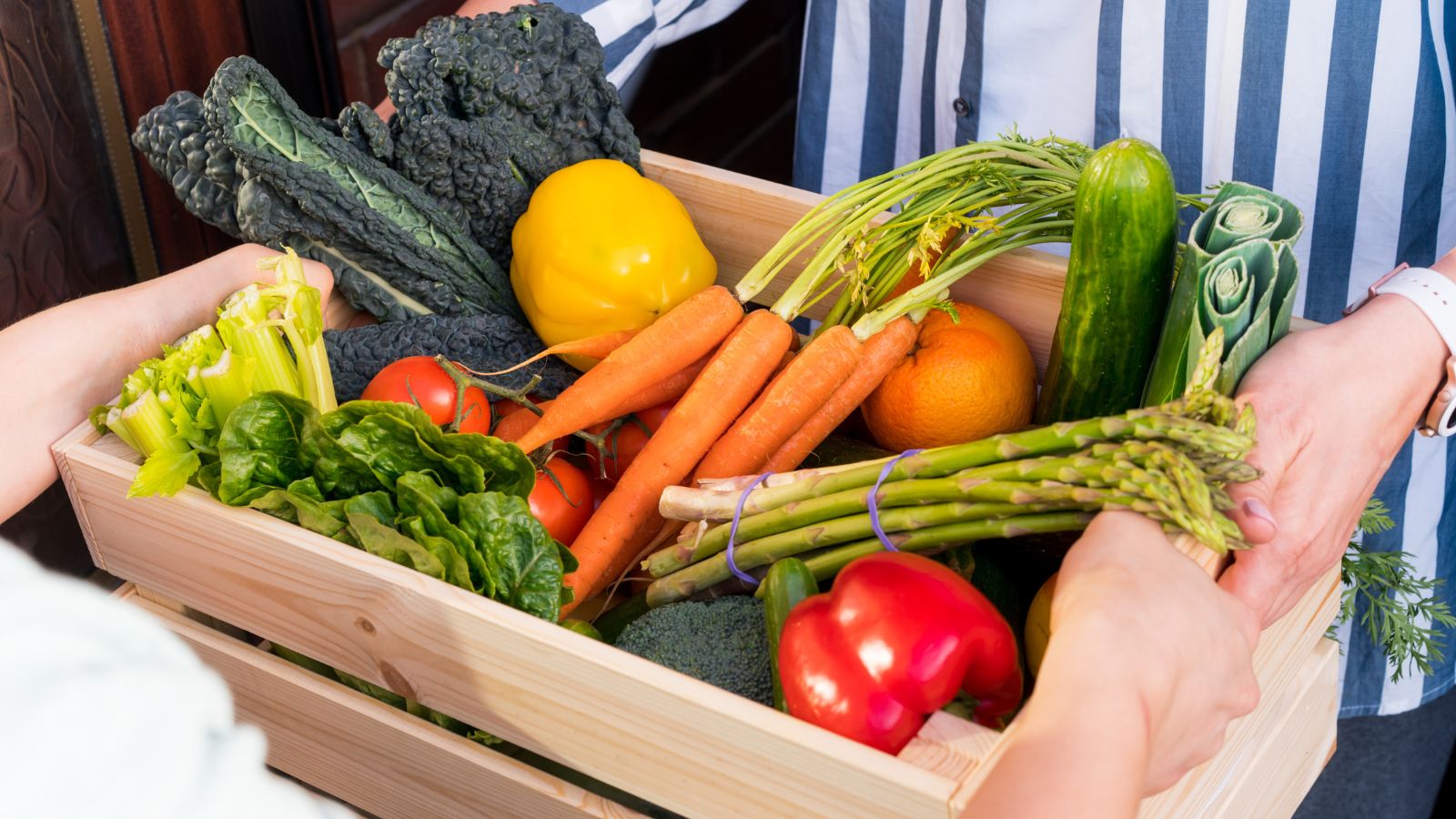
Buying produce that’s in season and sourced locally isn’t just a culinary choice, but a financial one. Canadians know that seasonal fruits and vegetables are often fresher, tastier, and significantly cheaper than out-of-season imports. Farmers’ markets, local co-ops, and community-supported agriculture (CSA) programs help reduce costs while supporting local growers, and seasonal shopping also cuts down on transport-related expenses baked into retail prices. By aligning their grocery habits with natural growing cycles, Canadians get better value for their money, enjoy higher-quality food, and keep more of their spending within their own communities.
Investing in Education and Skills

Many Canadians view ongoing education, whether formal degrees, certifications, or workshops, as a long-term investment rather than an expense. This mindset leads to better career opportunities, higher earning potential, and more job security, as even mid-career professionals often set aside funds for skill upgrades, knowing that adaptability is crucial in a changing job market. Tax credits and employer-sponsored training programs further reduce costs, making continued learning more accessible. By prioritizing personal growth, Canadians enhance both their financial and professional resilience, ensuring they remain competitive and well-positioned for future opportunities.
Taking Staycations Over Costly Trips

While international travel is a treat, many Canadians balance it with more affordable staycations. Exploring local parks, attractions, and cultural events allows them to enjoy leisure time without racking up airfare or hotel bills. This habit keeps vacation spending manageable while still providing the mental health benefits of taking a break. Savings from staycations can be redirected toward long-term goals like paying down debt or investing, as the approach proves that meaningful relaxation doesn’t require crossing oceans, it can often be found right in one’s own backyard.
Using Automatic Bill Payments
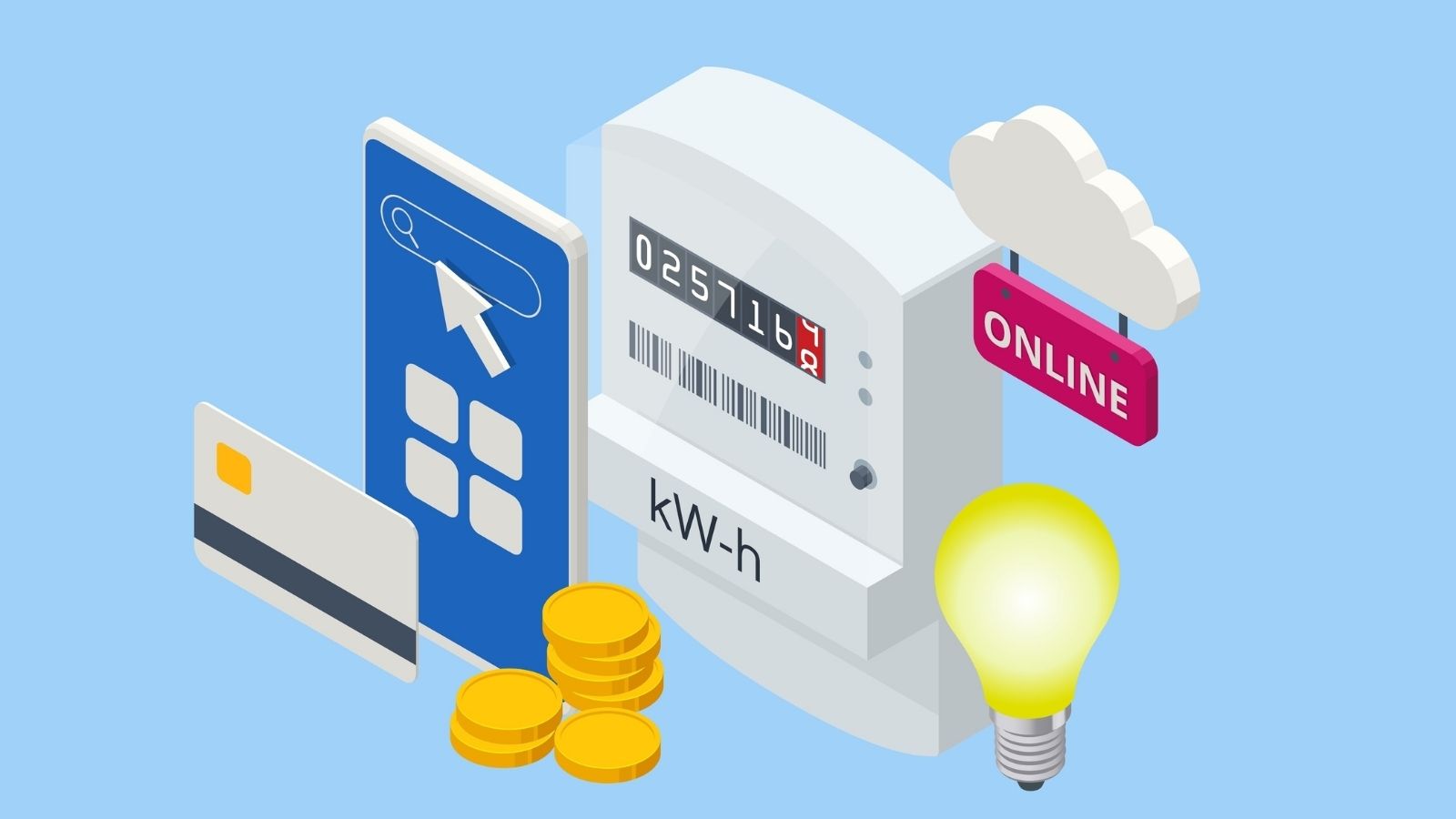
Setting up automatic payments for utilities, mortgages, and credit cards is a common Canadian strategy to avoid late fees and protect credit scores. This simple habit ensures bills are paid on time every time, removing the risk of forgetfulness during busy months, while some Canadians even align payment dates with their pay schedule to manage cash flow better. Automating finances also frees up mental energy, making it easier to focus on larger financial goals like saving and investing. By taking the guesswork out of recurring expenses, Canadians maintain financial order with minimal effort.
Contributing to a TFSA
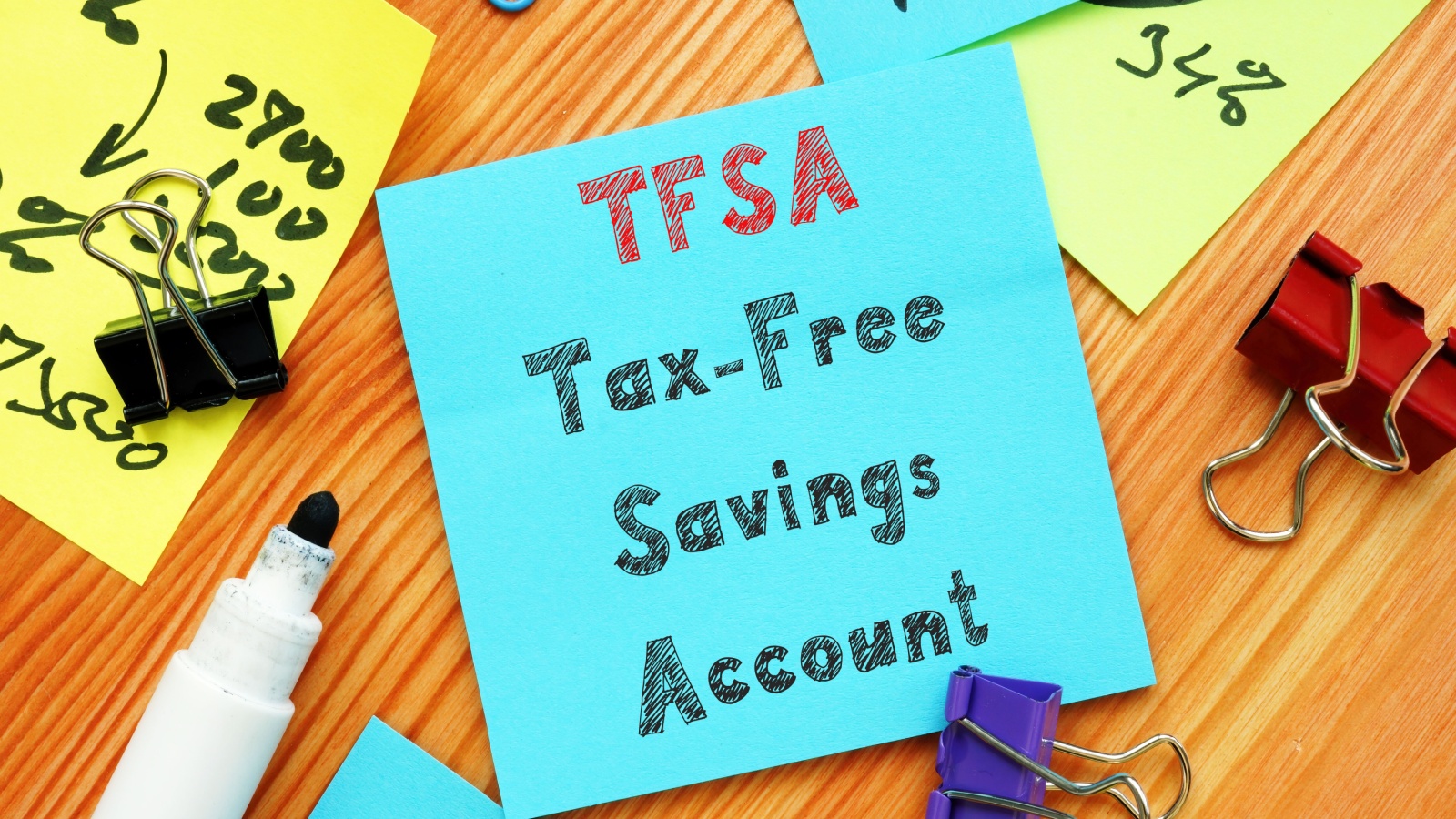
The Tax-Free Savings Account (TFSA) is a uniquely Canadian tool that allows investment growth and withdrawals to remain tax-free. Many Canadians use it strategically, either as a short-term savings vehicle or for long-term investments like stocks and ETFs. The flexibility of the TFSA means funds can be accessed without penalty, unlike retirement accounts, making it ideal for multiple financial goals. Regular contributions, even in small amounts, add up significantly over time thanks to compounding growth.
Negotiating Major Purchases

From real estate to cars, Canadians aren’t shy about negotiating for a better deal. Many research market prices in advance, compare offers, and come prepared to walk away if terms aren’t favorable. This confident approach often leads to meaningful savings, reduced interest rates, or added perks like free upgrades. Negotiation isn’t seen as confrontational and is considered a standard part of the buying process. By mastering this skill, Canadians ensure they’re getting maximum value, avoiding overpayment, and setting themselves up for stronger financial positions from the start of any major purchase.
Saving on Energy Costs

Energy efficiency is a widely adopted money-saving strategy in Canadian households. From installing LED lighting and programmable thermostats to upgrading insulation and using ENERGY STAR appliances, these small changes result in big savings over time. Many also take advantage of government rebates for eco-friendly home improvements, while adopting seasonal habits, like lowering the heat slightly in winter and relying on natural ventilation in summer, further reduce costs. By being mindful of consumption, Canadians not only cut utility bills but also reduce their environmental footprint.
Planning for Property Taxes

Homeownership comes with the responsibility of paying annual property taxes, and Canadians often budget for these well in advance. Many choose to include property tax payments in their mortgage, spreading the cost evenly over the year. Others maintain a dedicated savings account, setting aside a monthly amount to avoid scrambling when the bill arrives. This proactive approach prevents late fees, financial strain, and the need to dip into emergency funds. By planning, Canadians ensure that property taxes, often a significant expense, are a manageable, predictable part of their annual budget.
Paying Off Mortgages Early
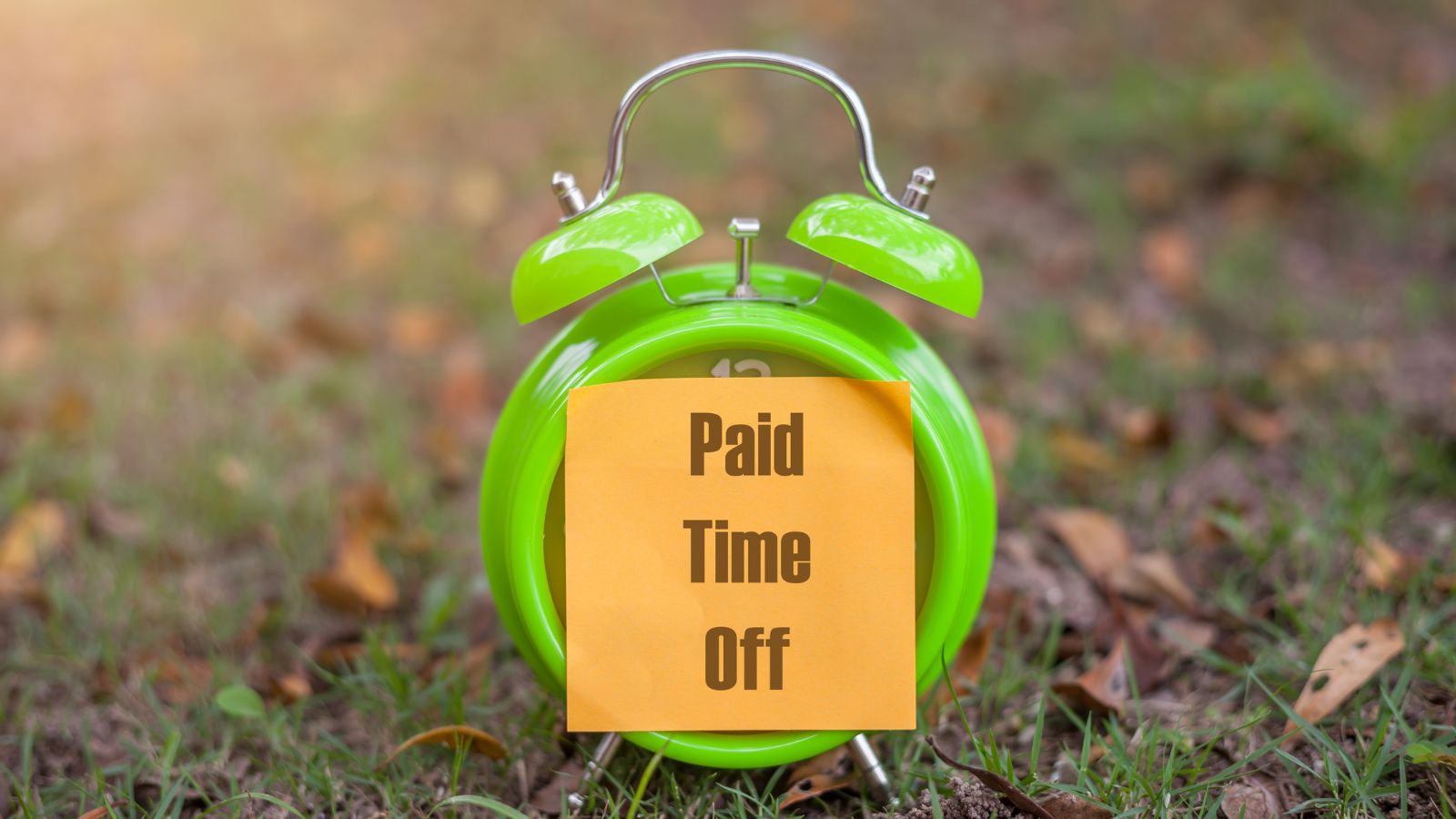
While the standard mortgage term can stretch decades, many Canadians make additional payments to reduce interest and become debt-free sooner. Extra lump-sum payments, biweekly schedules, or doubling up on monthly payments can shave years off the loan. This habit saves thousands in interest and also frees up income for other financial goals. Canadians see early mortgage payoff as a form of long-term security, eliminating one of their largest recurring expenses and creating more flexibility in retirement.
Tracking Net Worth

Canadians who track their net worth, which is assets minus liabilities, gain a clear picture of their financial health. This habit motivates to pay down debt, increase savings, and grow investments. By monitoring changes over time, they can adjust strategies, identify problem areas, and celebrate progress. Net worth tracking also shifts focus from short-term income to long-term wealth building. Whether done through apps, spreadsheets, or financial advisors, it keeps decision-making grounded in real numbers rather than vague assumptions.
Avoiding Lifestyle Inflation

When incomes rise, it is tempting to increase spending on luxuries, but many Canadians resist this trap. Instead, they maintain modest living costs and channel the extra income toward savings, investments, or debt repayment. This discipline prevents the financial creep that can erode long-term security. By keeping expenses in check, Canadians accelerate wealth building and maintain flexibility for future life changes. The mindset is simple: just because you can spend more doesn’t mean you should. This ensures that financial progress is sustainable, not fleeting.
Extra Income Streams

Many Canadians embrace side hustles or passive income sources to boost their financial stability. From freelance work and online sales to rental properties and dividend-paying investments, these extra earnings provide both security and opportunity. The additional income is often funneled into savings, investments, or major purchases, reducing reliance on credit. By diversifying income, Canadians create a financial cushion that helps weather job loss, market downturns, or unexpected expenses.
Setting Clear Financial Goals
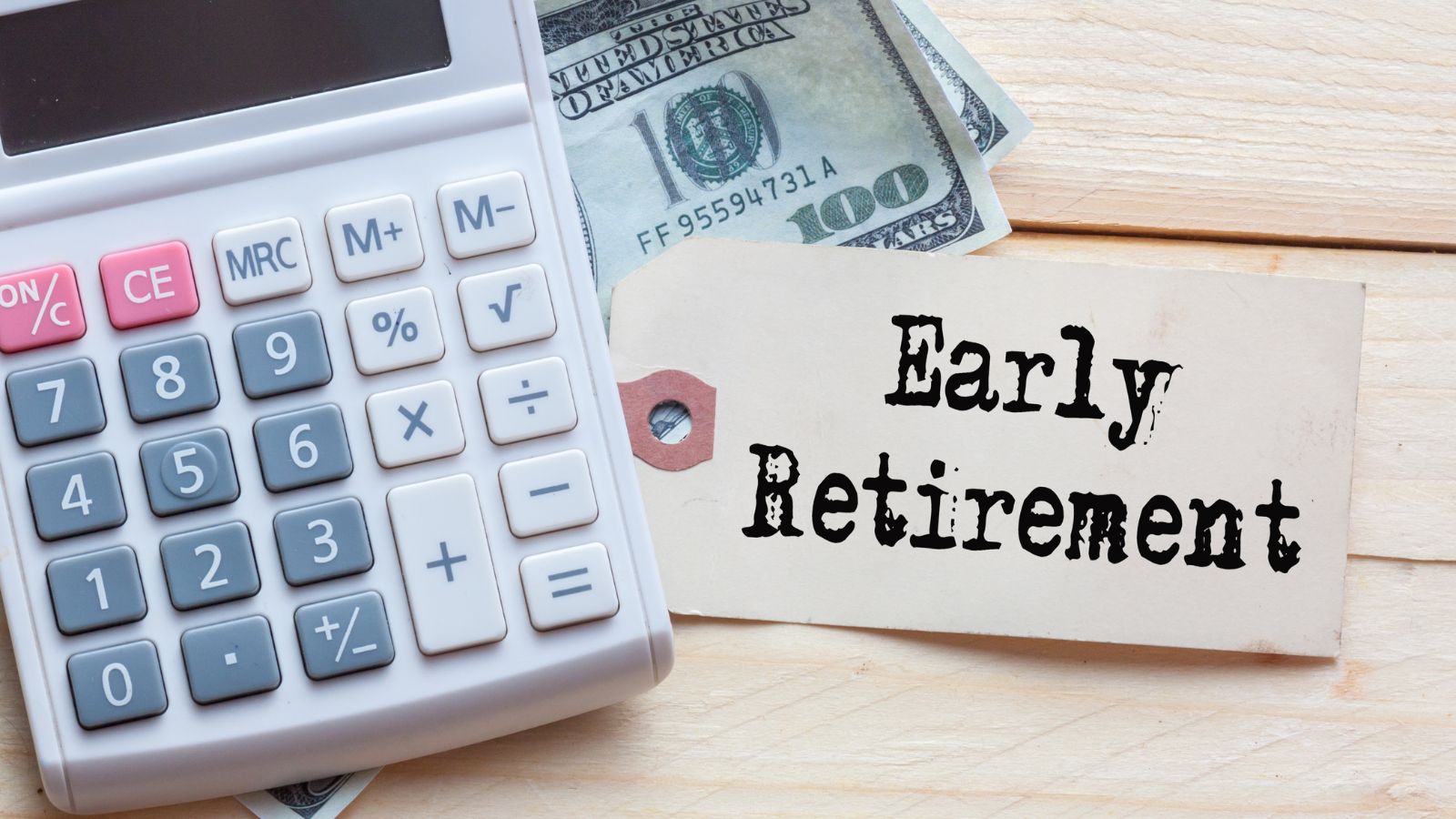
Rather than drifting from one pay period to the next, many Canadians set concrete short- and long-term financial goals. Whether it’s saving for a down payment, funding education, or achieving early retirement, they outline timelines, amounts, and action plans. This clarity helps guide daily decisions, ensuring spending and saving habits align with bigger objectives. Progress tracking keeps motivation high, while regular reassessment allows for course corrections.
Supporting Local Businesses
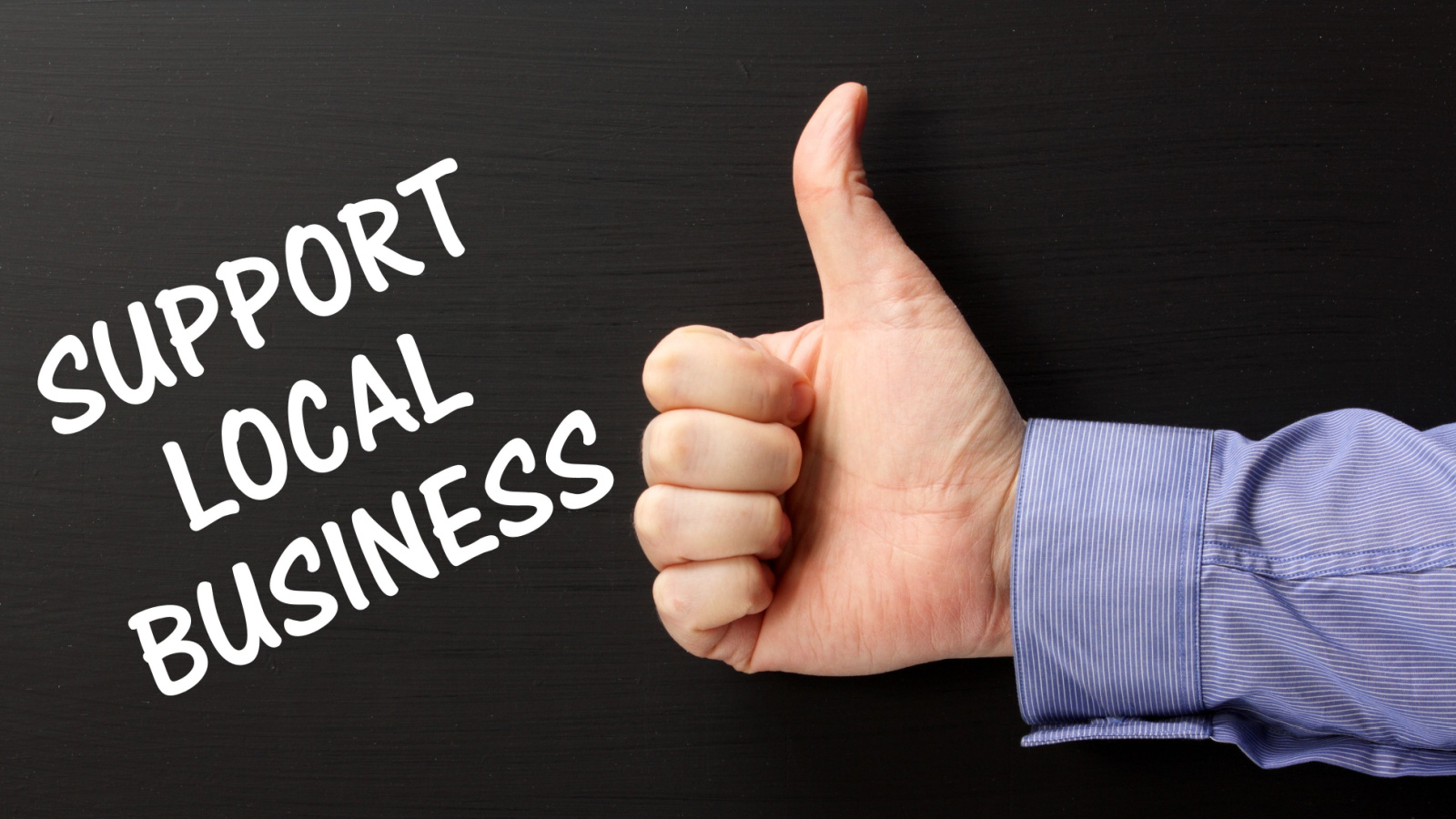
Canadians often prioritize buying from local businesses, seeing it as both a community investment and a financial choice. While it may not always mean the lowest price, it keeps money circulating within the local economy, supporting jobs and fostering growth. In return, many local businesses offer loyalty programs, discounts, or better customer service, providing added value. By directing spending toward local merchants, Canadians strengthen the economic resilience of their neighborhoods while enjoying unique products and more personalized experiences.
Reviewing Finances Regularly

Canadians who commit to regular financial check-ins, either monthly, quarterly, or annually, are better equipped to stay on track. These reviews involve analyzing budgets, reassessing goals, and adjusting investment strategies. They help catch errors early, identify wasteful spending, and adapt to changing circumstances like interest rate shifts or new life priorities. This ongoing attention keeps small problems from becoming big ones and ensures progress toward financial objectives remains steady.
21 Products Canadians Should Stockpile Before Tariffs Hit

If trade tensions escalate between Canada and the U.S., everyday essentials can suddenly disappear or skyrocket in price. Products like pantry basics and tech must-haves that depend on are deeply tied to cross-border supply chains and are likely to face various kinds of disruptions
21 Products Canadians Should Stockpile Before Tariffs Hit
